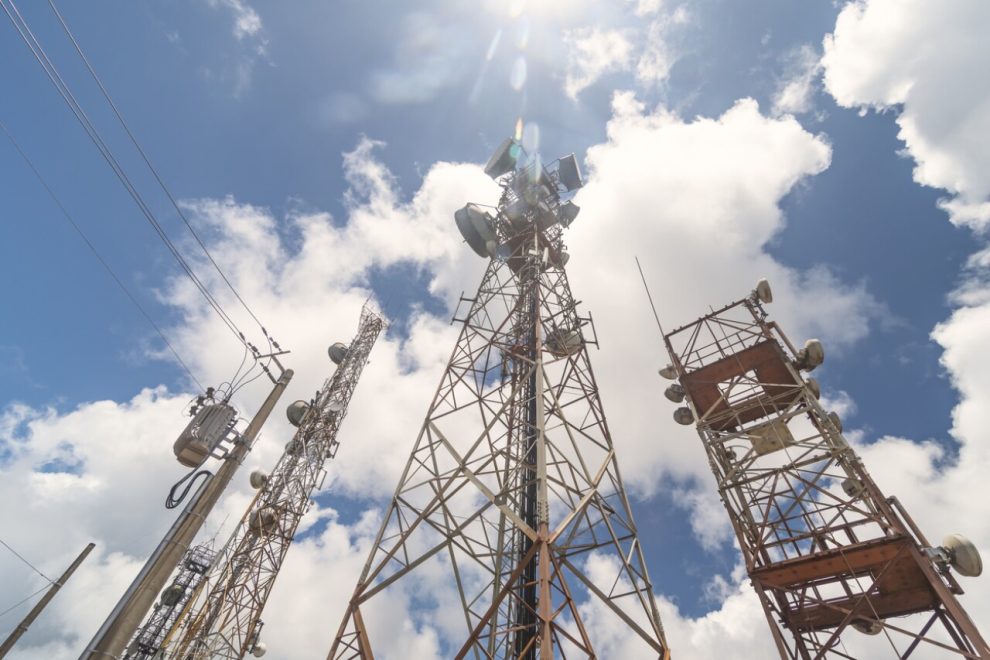Altán has acknowledged on several occasions its interest in developing 5G, since this network would allow for the generation of new business opportunities and revenue. But to create the fifth telecommunications network, the company requires more spectrum such as the 2.5 GHz, 3.5 GHz and 600 GHz bands, which represent a major expense, especially when it has only been out of bankruptcy for two years.
“The disappearance of the IFT could only benefit Altán. There is a risk that at some point the company will ask the government, who would be both judge and party, not to auction off a spectrum band, but to award it to fulfill the mission of coverage in all corners of the country and this would clearly affect the other two operators (AT&T and Telcel) who will have to pay the high costs of the spectrum,” warned Fernando Borjón, former commissioner of the IFT and chief consultant at Access Partnership.
For now, the spectrum bands are divided into commercial, public, private and social, but if the IFT is extinguished, the government could design in the National Frequency Allocation Plan that the 2.5 GHz, 3.5 GHz and 600 GHz bands – suitable for 5G – be assignable to public entities so that the State delivers the spectrum to state-owned companies.
“This scenario could happen, especially where the government seems to want to continue pushing its connectivity plan, but first they would have to convert the bands into those that can be assigned to public concessions,” said Ana de Saracho, an analyst and expert in telecommunications.
José Merino, the next head of the Digital Transformation Agency in Claudia Sheinbaum’s government, has said that Altán Redes is key to promoting a more sustainable connectivity model in the next administration. “And although for now we cannot say or know if there would be changes in the company’s business model, I can only say that all the decisions necessary to achieve this goal will be taken,” the official warned in a brief interview with Expansión.
The president himself has on several occasions compared his connectivity plan – and the one that Sheinbaum will continue – with the nationalization of the electrical industry in 1960 by former president Adolfo López Mateos so that all Mexicans could have access to electricity.
“The Mexican State must take charge of the telecommunications service (because) private companies are not interested in reaching rural communities because they do not see economic benefits in those areas,” López Obrador said at an event with CFE workers in August 2022. Under this vision, the government would put Altán at an advantage over private companies through the spectrum.
But De Saracho said that this vision would not only bring problems in terms of competition, but also for users who currently have a line with competitors such as AT&T, Telefónica or Telcel. Private operators would not be able to operate in an unbalanced market, where state entities have privileged treatment to increase their coverage and others must pay large amounts of money to create 5G.
The consultancy The Ciu has pointed out that the cost of spectrum implies an expenditure of between 22% and 30%, as a percentage of annual income, for telecommunications operators.
“We have been concerned for a long time about the disconnected and I think it is positive that there is a plan to address this problem, but what is beginning to be worrying is how this project is being executed. The more than 98 million people connected to private networks receive better quality services and more affordable prices, but this could be at risk if the providers are weakened,” said De Saracho.














Add Comment